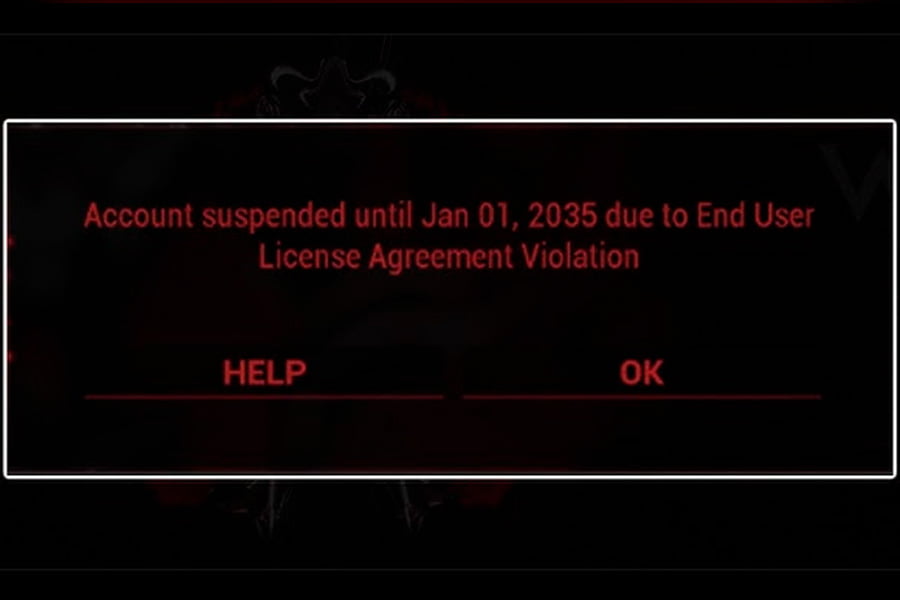Understanding and Avoiding Bans in Dota 2: A Comprehensive Guide

How to Remove a Ban in Dota 2: Understanding Bans and Their Consequences
If you're an avid online gamer, especially in Dota 2, you've likely encountered bans at some point. While cheating does exist in Dota 2, the anti-cheat system isn't as aggressive as in popular shooters like CS:GO or PUBG. Let's explore the types of bans in Dota 2, their causes, and how to avoid them.
Contents:
- What is a Ban in Dota 2?
- Types of Bans
- Reasons for Getting Banned
- What is Low Priority (LP) and Why It Matters
- How to Avoid Getting Banned
What is a Ban in Dota 2?
A ban is a form of punishment for inappropriate behavior within the game. While Valve hasn’t disclosed detailed mechanics, players have pieced together information based on their experiences.
Important: Bans serve as deterrents against toxic behavior, leaving games prematurely, or using unauthorized software.
Types of Bans
Dota 2 punishments are categorized into three main types:
- Communication Ban: Issued to toxic players who insult teammates. This restricts text and voice chat access temporarily. It’s a warning to maintain decorum during gameplay.
- Match Selection Ban: Given alongside Low Priority status for more severe infractions, such as frequent leaves or excessive reports. Players must complete a set number of games in Single Draft mode before returning to normal matchmaking.
- VAC-Ban: Permanent punishment for using cheats or third-party programs that interfere with the game. Once banned, there’s no way to reverse it.
Reasons for Getting Banned
Below are common reasons for receiving bans in Dota 2:
- Cheating: Results in a permanent VAC-ban.
- Leaving Games: Leads to temporary bans depending on frequency and severity.
- Failing to Accept Matches: Causes short-term penalties, especially if repeated.
- Receiving Multiple Reports: Can result in temporary bans or Low Priority status.
- Toxic Beh * avior: Chat restrictions followed by temporary bans for insulting teammates.
Note: Infrequent mistakes, like missing a match due to distractions, might lead to minor penalties (e.g., a 5-minute wait). However, repeated offenses can escalate to Low Priority status.
What is Low Priority (LP) and Why It Matters
Low Priority (LP) isn’t a death sentence, but it’s far from ideal. LP matches often feature players with behavioral issues, low skill levels, and poor attitudes, creating a challenging environment.
Key challenges of LP include:
- Single Draft Mode: Limited hero selection makes matches harder.
- Longer Matchmaking Queues: Finding games takes significantly longer.
- Similar Status Opponents: Both teams consist of LP players, increasing unpredictability.
- Stack Restrictions: If playing with friends, the entire group enters LP mode.
Winning LP matches requires patience and adaptability, especially when dealing with limited hero pools and uncooperative teammates.
How to Avoid Getting Banned
Here are practical tips to stay out of trouble:
- Avoid Cheating: There’s no removing a VAC-ban—stay legit.
- Complete Required Matches: For LP, play through all assigned games. Organize a 5-player stack with trusted friends to expedite the process.
- Maintain Good Conduct: Refrain from toxic behavior, even under pressure. Positive communication improves morale and reduces reports.
- Be Punctual: Always accept matches promptly to avoid unnecessary penalties.
Pro Tip: Improving your Behavior score (via positive interactions and teamwork) minimizes the risk of entering LP mode.
Final Thoughts
Staying disciplined and respectful in Dota 2 ensures a smoother gaming experience. Avoiding bans not only protects your account but also enhances overall enjoyment. Remember, every action has consequences—be mindful of your behavior both inside and outside the game.
For additional resources on maintaining a healthy gaming profile, check out our guide on Low Priority Removal and Calibration Games.











